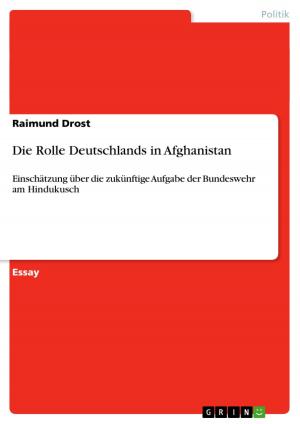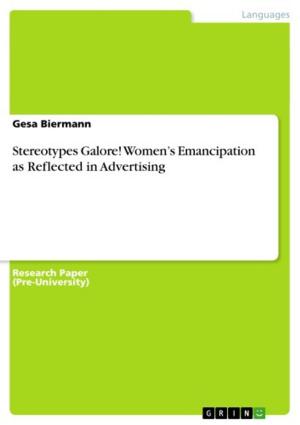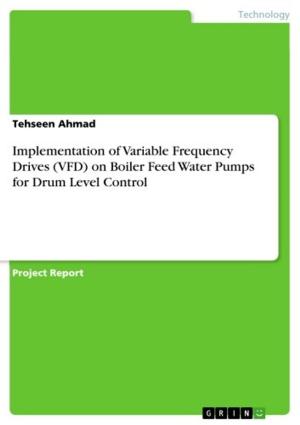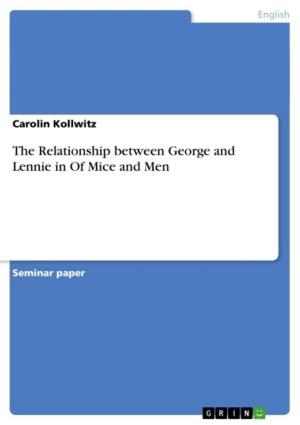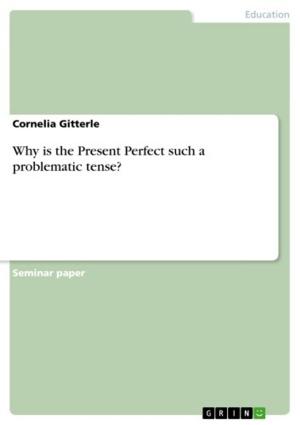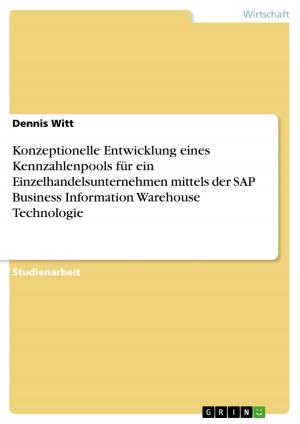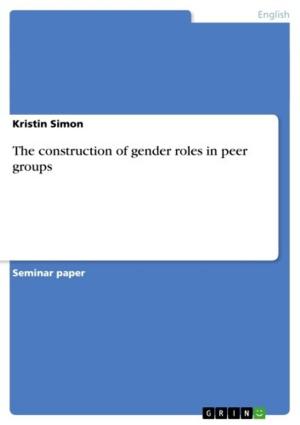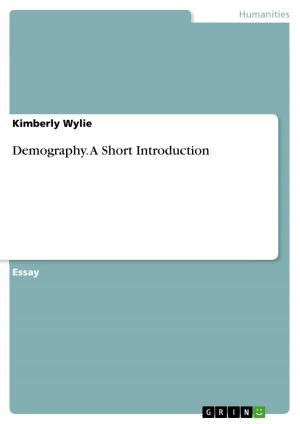Telephone Conversations From A Conversation Analysis Perspective
Nonfiction, Entertainment, Drama, Anthologies| Author: | Eva Kiss | ISBN: | 9783638319409 |
| Publisher: | GRIN Publishing | Publication: | October 27, 2004 |
| Imprint: | GRIN Publishing | Language: | English |
| Author: | Eva Kiss |
| ISBN: | 9783638319409 |
| Publisher: | GRIN Publishing |
| Publication: | October 27, 2004 |
| Imprint: | GRIN Publishing |
| Language: | English |
Bachelor Thesis from the year 2003 in the subject American Studies - Linguistics, grade: 2,7 (B-), University of Bayreuth (Language and Literature Sciences), 10 entries in the bibliography, language: English, abstract: Although we converse almost every day, we never have exactly the same conversation twice. Nevertheless, certain parts of conversations occur in forms which are very alike. They seem to be constructed according to sets of rules. These rules were examined in the 1970's for the first time. The mechanisms which govern our conversations are especially observable in telephone conversations. But since the 1970's, new technologies have come up and society changed. The aim of this paper is to examine the mechanisms of telephone conversation and how the systems working in telephone conversations have changed since the establishment of the mobile telephone. For this, the focus on Conversation Analysis as research methodology is explained, before coming to the basic features of every conversation. Following this, telephone conversations are examined according to their structure of opening, topic-talk and closing. Finally, the changes of this structure for mobile telephone conversations are pointed out. The basis for the observations on mobile telephone conversation is a survey carried out among 20 Canadian citizens and material provided by the participants of the survey. Two different main methodologies exist for analysing and examining conversation - conversation in general, or telephone conversation in special - from a linguistic perspective: Conversation Analysis and Discourse Analysis. To understand my decision to focus on the discipline of Conversation Analysis, I will shortly point out the main differences and parallels of these methodologies. Of course, both disciplines examine conversation. But the methods used for this, the thereby resulting findings and the main understanding of conversation differ immensely. A common aim of Conversation Analysis and Discourse Analysis is to be able to give 'an account of how coherence and sequential organization is produced and understood' (Levinson 1983: 286). Discourse Analysis uses primitive and basic concepts of linguistics for this. It attempts to extend the rules applying to sentences over the boundaries of sentences. The main method of the discipline is the isolation of sets of units of discourse, followed by a formulation of rules according to these units and finally the division of units into well-formed and ill-formed sequences. [...]
Bachelor Thesis from the year 2003 in the subject American Studies - Linguistics, grade: 2,7 (B-), University of Bayreuth (Language and Literature Sciences), 10 entries in the bibliography, language: English, abstract: Although we converse almost every day, we never have exactly the same conversation twice. Nevertheless, certain parts of conversations occur in forms which are very alike. They seem to be constructed according to sets of rules. These rules were examined in the 1970's for the first time. The mechanisms which govern our conversations are especially observable in telephone conversations. But since the 1970's, new technologies have come up and society changed. The aim of this paper is to examine the mechanisms of telephone conversation and how the systems working in telephone conversations have changed since the establishment of the mobile telephone. For this, the focus on Conversation Analysis as research methodology is explained, before coming to the basic features of every conversation. Following this, telephone conversations are examined according to their structure of opening, topic-talk and closing. Finally, the changes of this structure for mobile telephone conversations are pointed out. The basis for the observations on mobile telephone conversation is a survey carried out among 20 Canadian citizens and material provided by the participants of the survey. Two different main methodologies exist for analysing and examining conversation - conversation in general, or telephone conversation in special - from a linguistic perspective: Conversation Analysis and Discourse Analysis. To understand my decision to focus on the discipline of Conversation Analysis, I will shortly point out the main differences and parallels of these methodologies. Of course, both disciplines examine conversation. But the methods used for this, the thereby resulting findings and the main understanding of conversation differ immensely. A common aim of Conversation Analysis and Discourse Analysis is to be able to give 'an account of how coherence and sequential organization is produced and understood' (Levinson 1983: 286). Discourse Analysis uses primitive and basic concepts of linguistics for this. It attempts to extend the rules applying to sentences over the boundaries of sentences. The main method of the discipline is the isolation of sets of units of discourse, followed by a formulation of rules according to these units and finally the division of units into well-formed and ill-formed sequences. [...]



